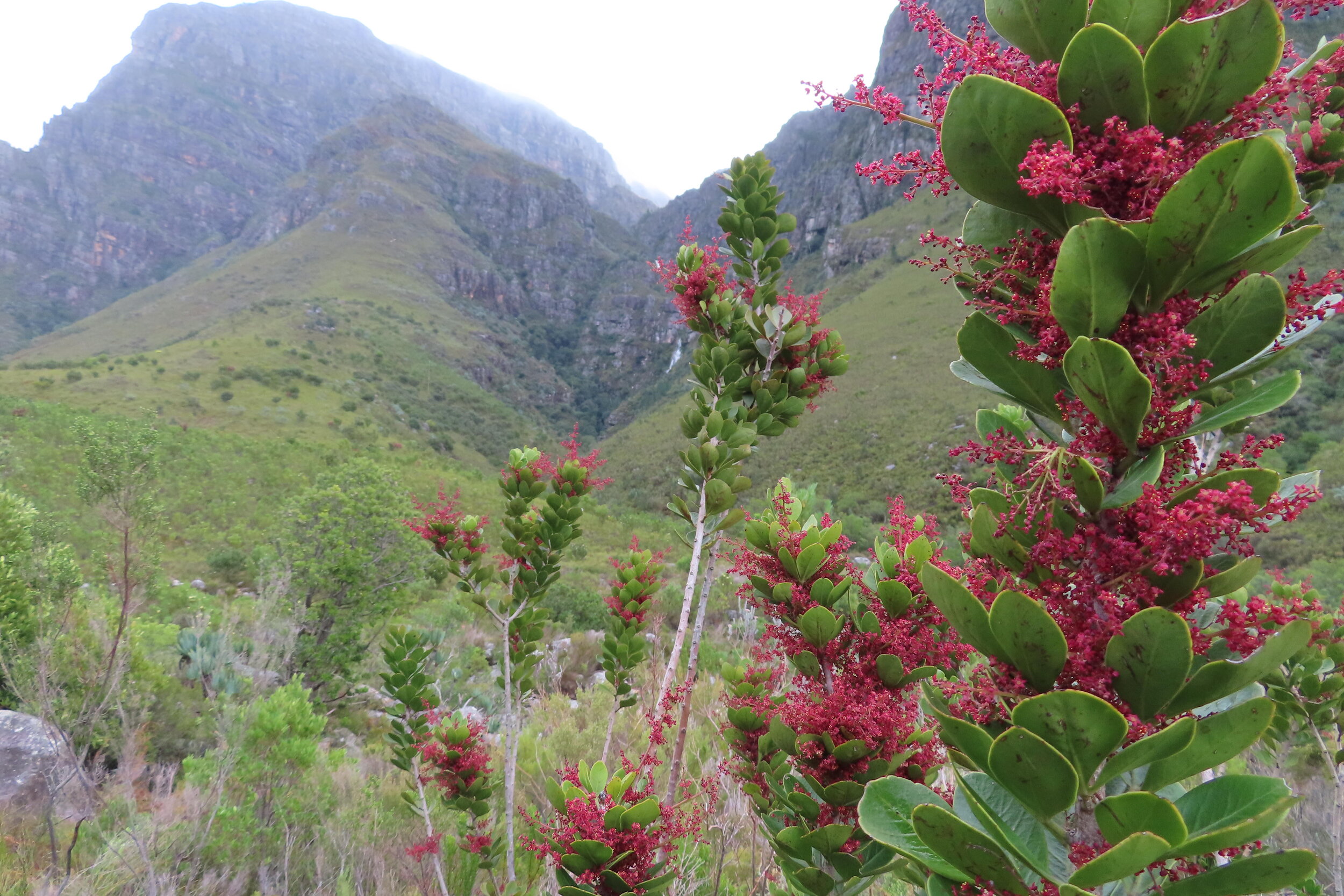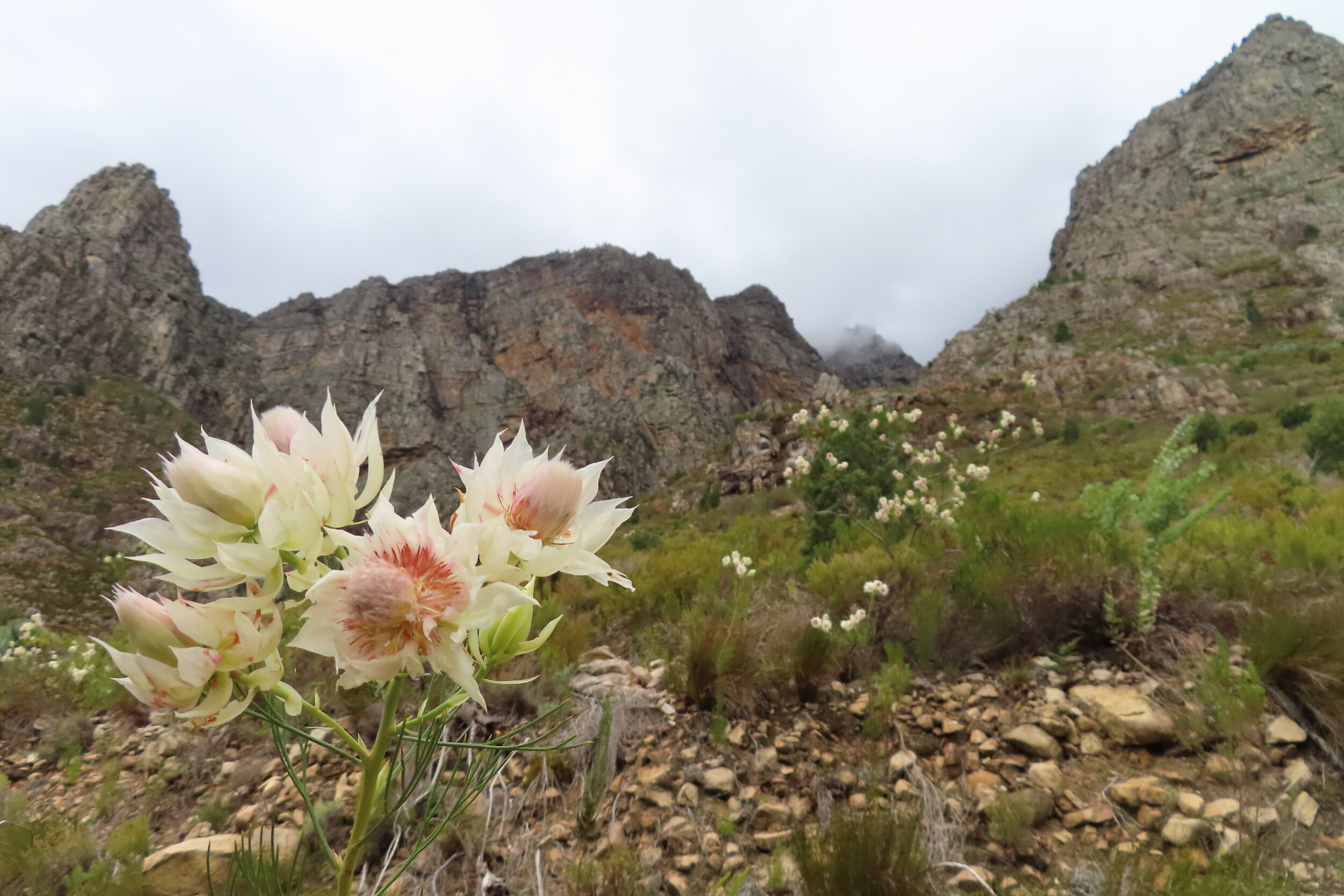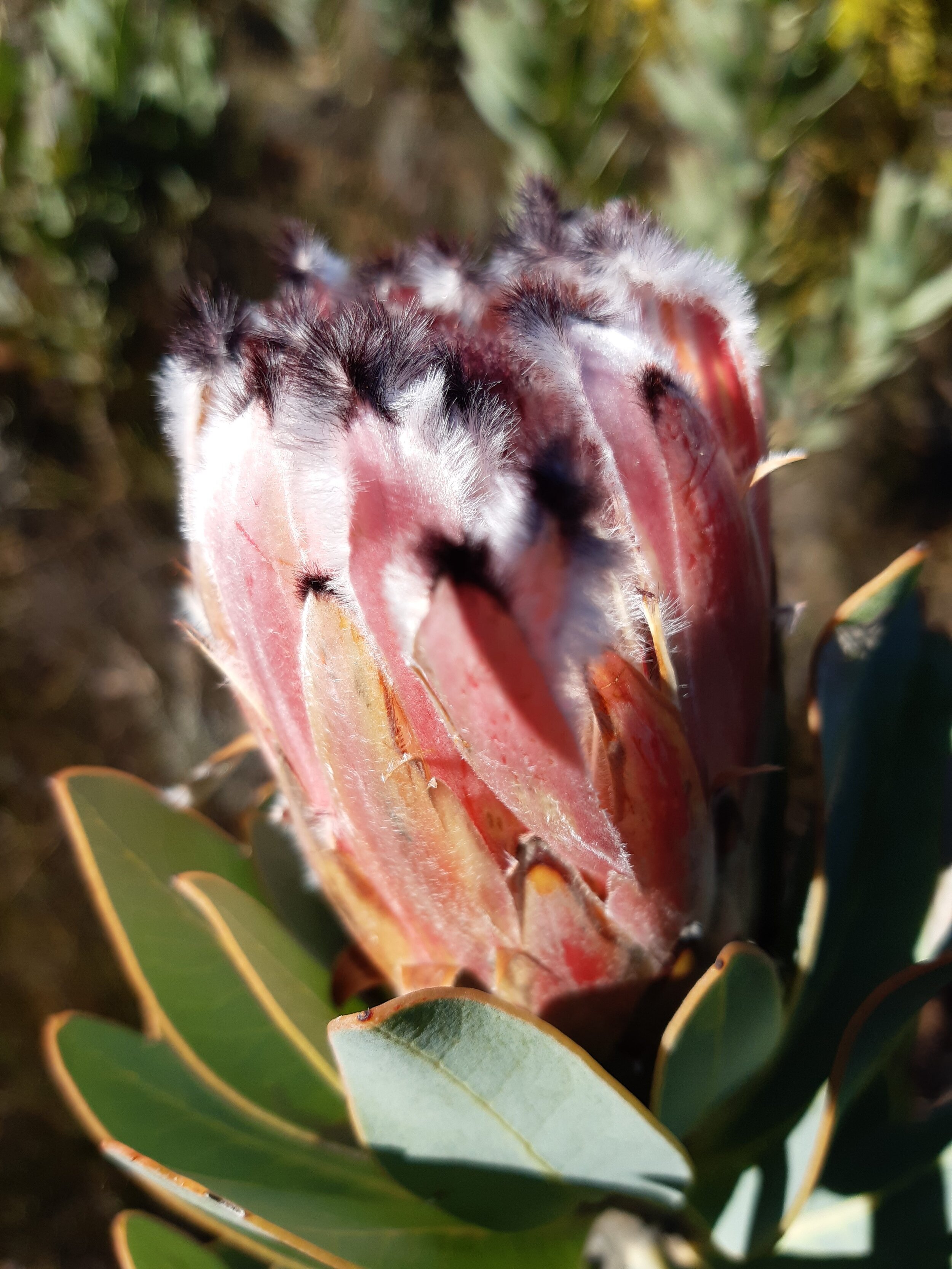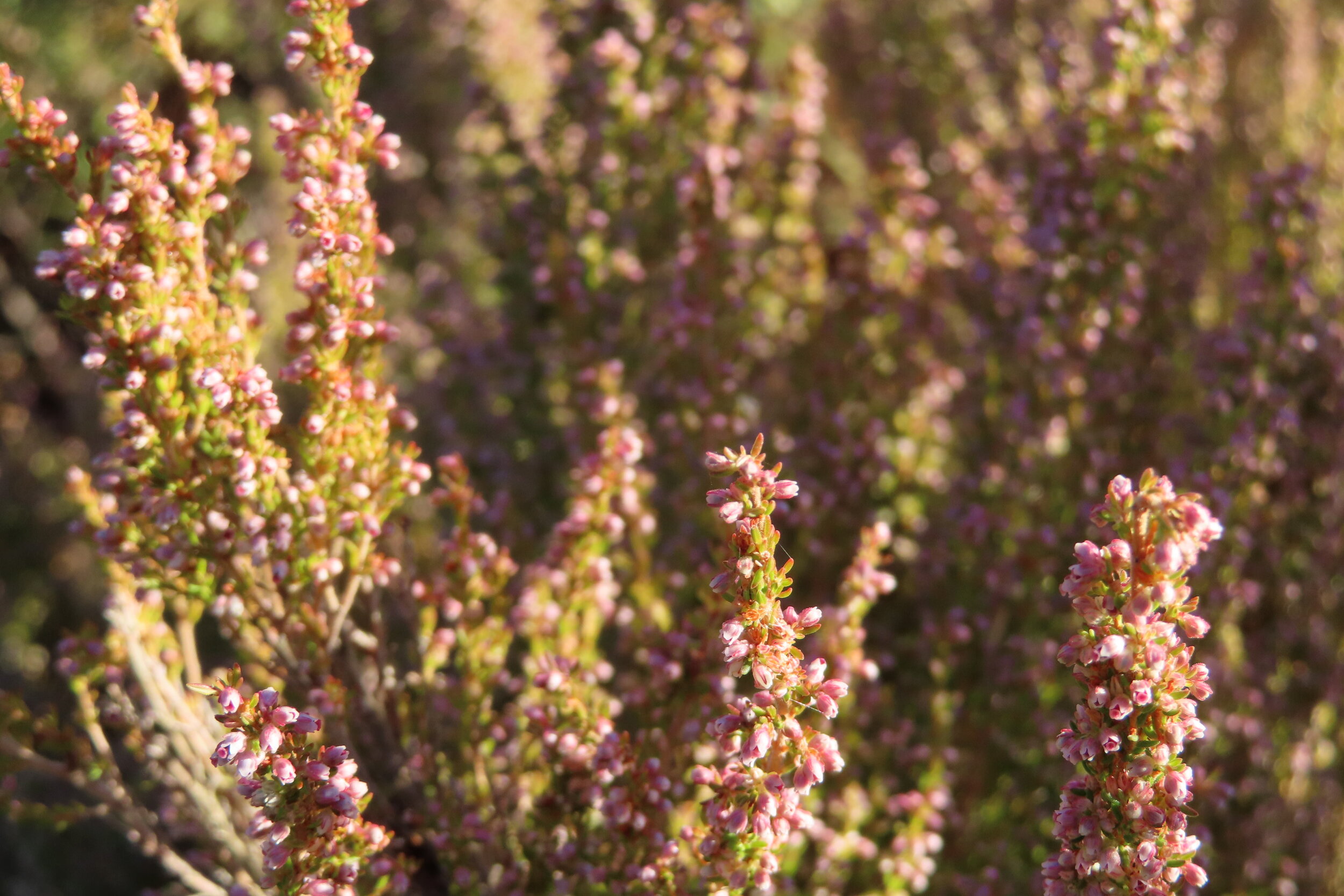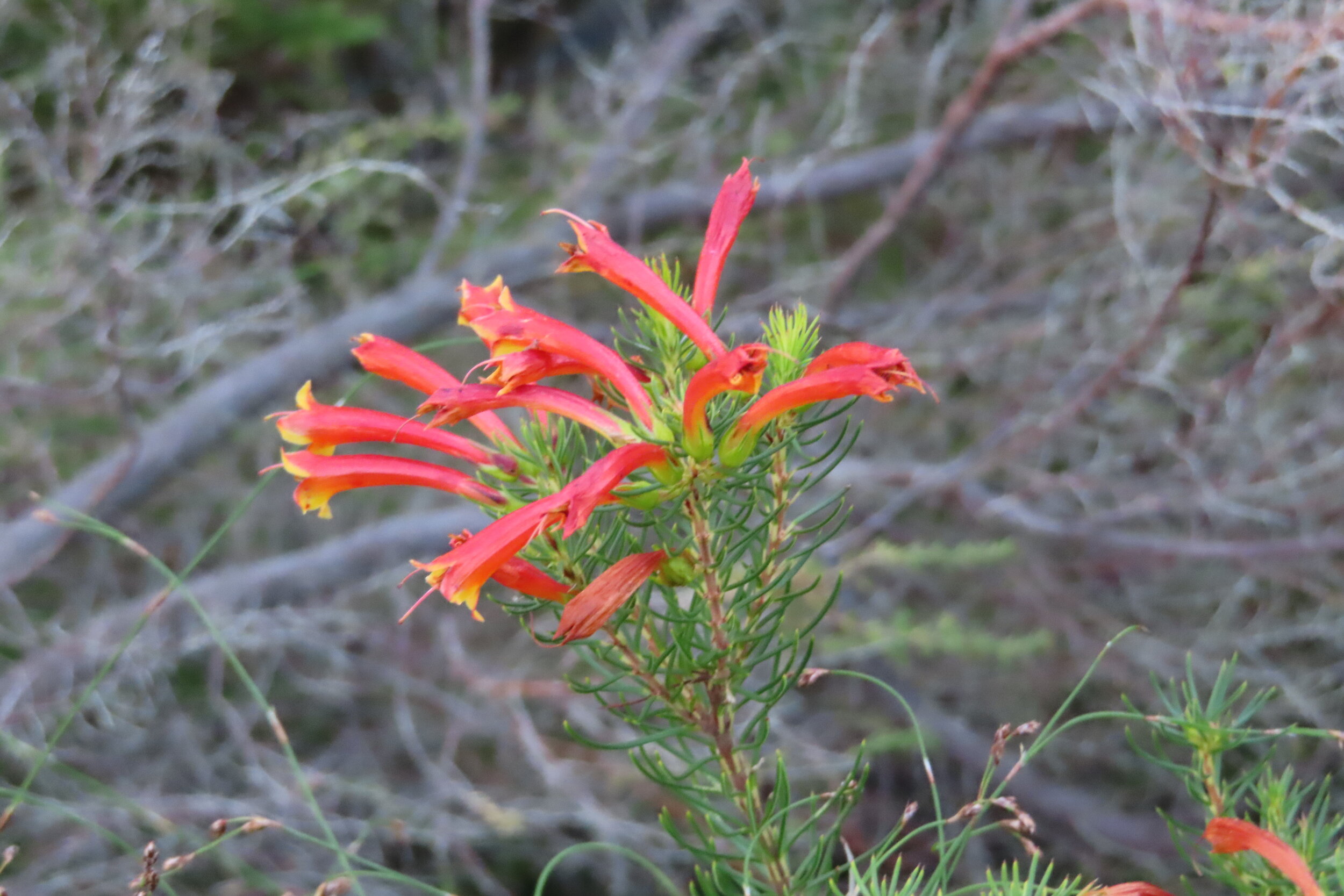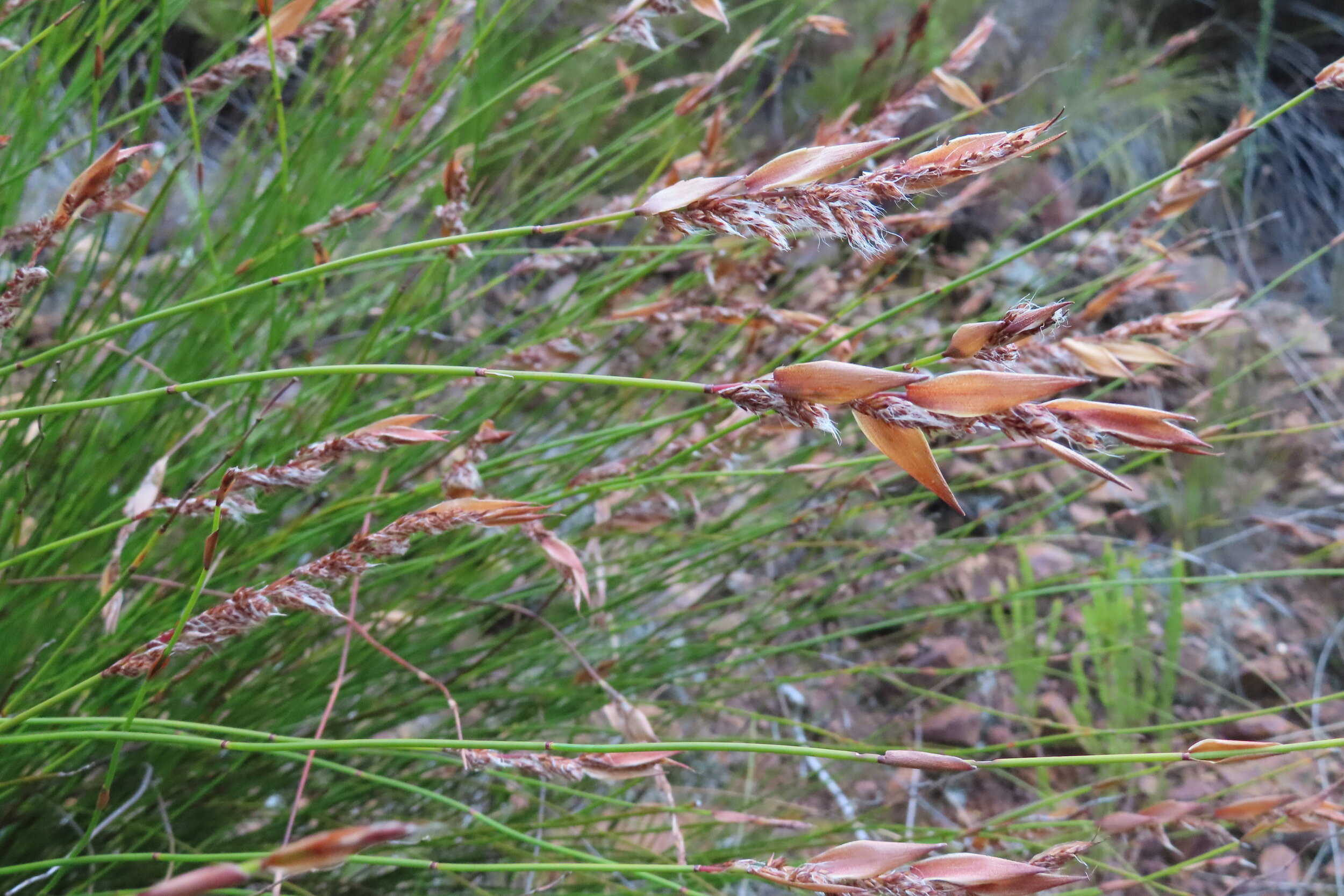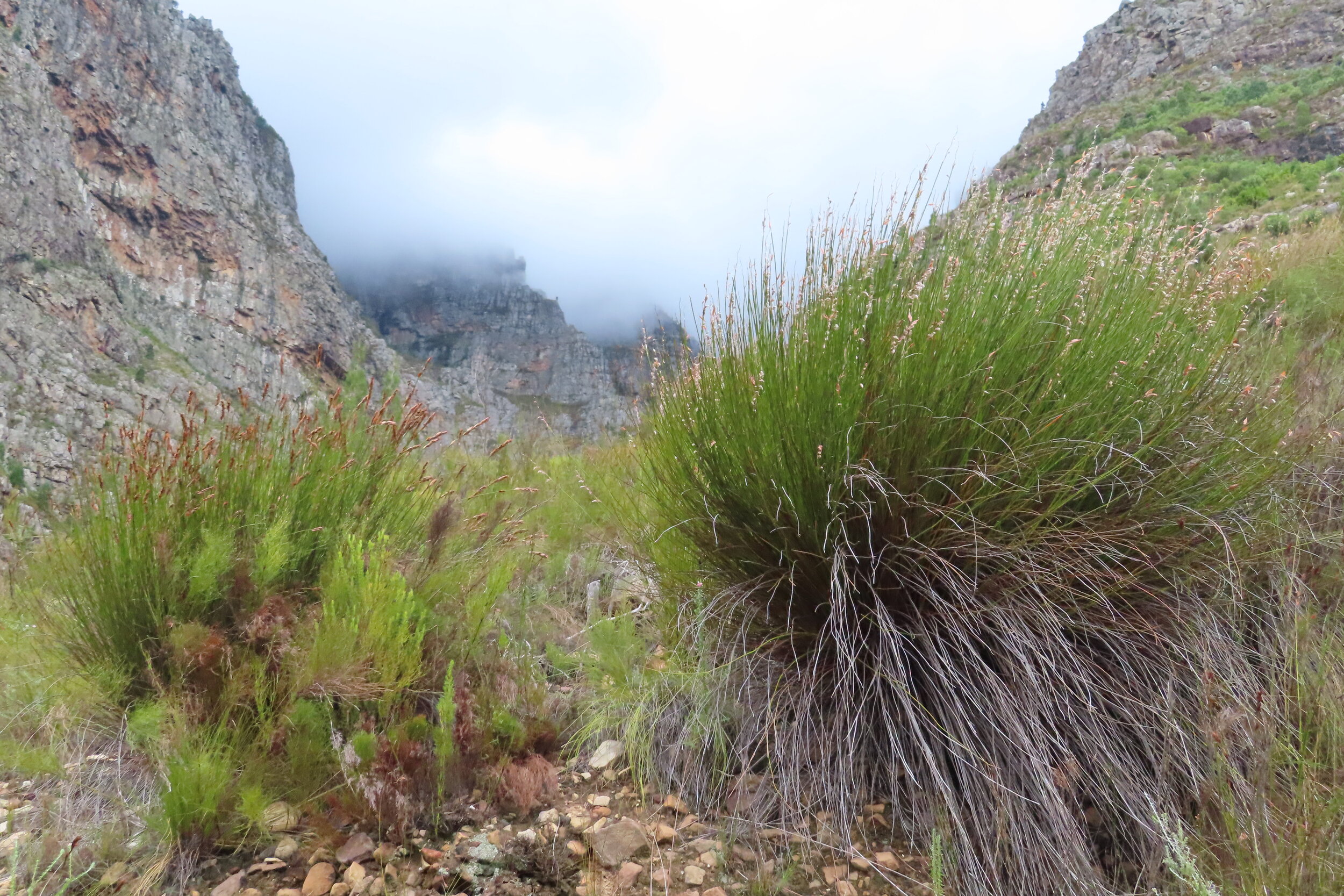Know Your Biome
The Cape Floristic Region is located near the southern tip of and entirely within the borders of South Africa. It is the only floristic region of the Cape Floristic Kingdom.. The Region covers the Mediterranean climatic region of South Africa in the Western Cape in the southwestern corner of the country, and extends eastward into the Eastern CapeThe Cape Floristic Region, the smallest of the six recognised floral kingdoms of the world and is an area of extraordinarily high diversity and endemism and is home to over 9,000 vascular plant species, of which 69 percent are endemic (occur nowhere else on earth). Much of this diversity is associated with the fynbos biome, a Mediterranean-type, fire-adapted shrubland.
Most of the region is covered with fynbos, a sclerophyllous shrubland occurring on acid sands or nutrient-poor soils derived from Table Mountain sandstones (Cape Supergroup). Fynbos is home to a diverse plethora of plant species including many members of the protea family (Proteaceae), heath family (Ericaceae), and reed family of restios (Restionaceae).
Currently the main threats to this area are the transformation of natural habitat, through urbanisation, agriculture and mining, the invasion by alien plant species and the occurrence of too frequent wild fires. (Fynbos needs burn regularly but the interval must not be shorter that the slowest maturing proteas in order for them to produce sufficient seed. This interval can vary depending on the rainfall and the species of protea occurring in the area but is generally accepted to be in the region of 15 years). This situation is made worse by Global Climate Change which appears to benefit the invasive alien plants due to higher Co2 levels, thus creating a very high fuel load in a relatively short period of time. This then creates opportunity for too frequent and more intense wild fires. This higher intensity has several negative impacts including the destruction of the fynbos soil stored seed, leading to local extinction of species relying on this method of propagation. The extreme heat can also change the soils water absorbency properties and lead to accelerated erosion.

